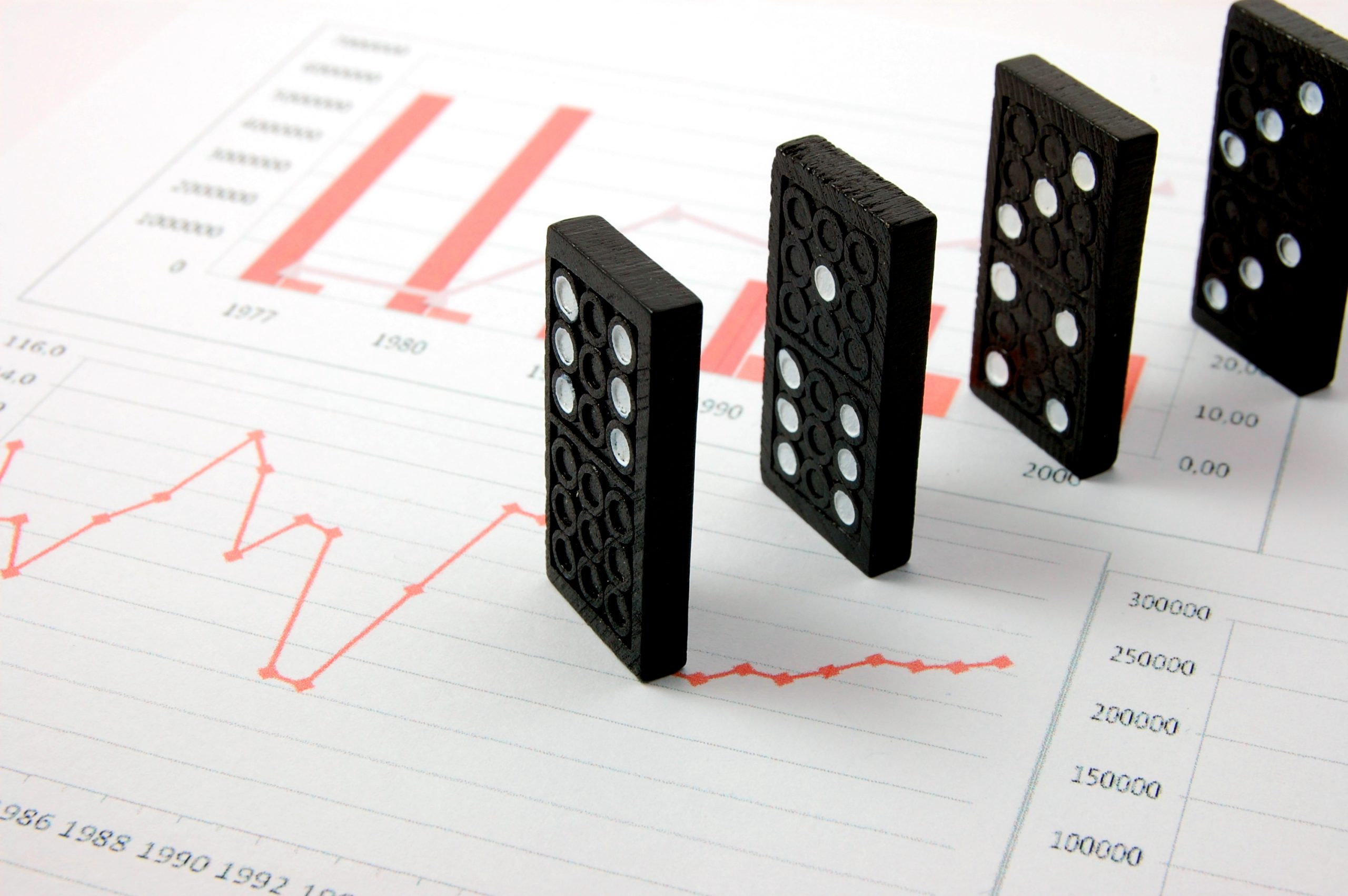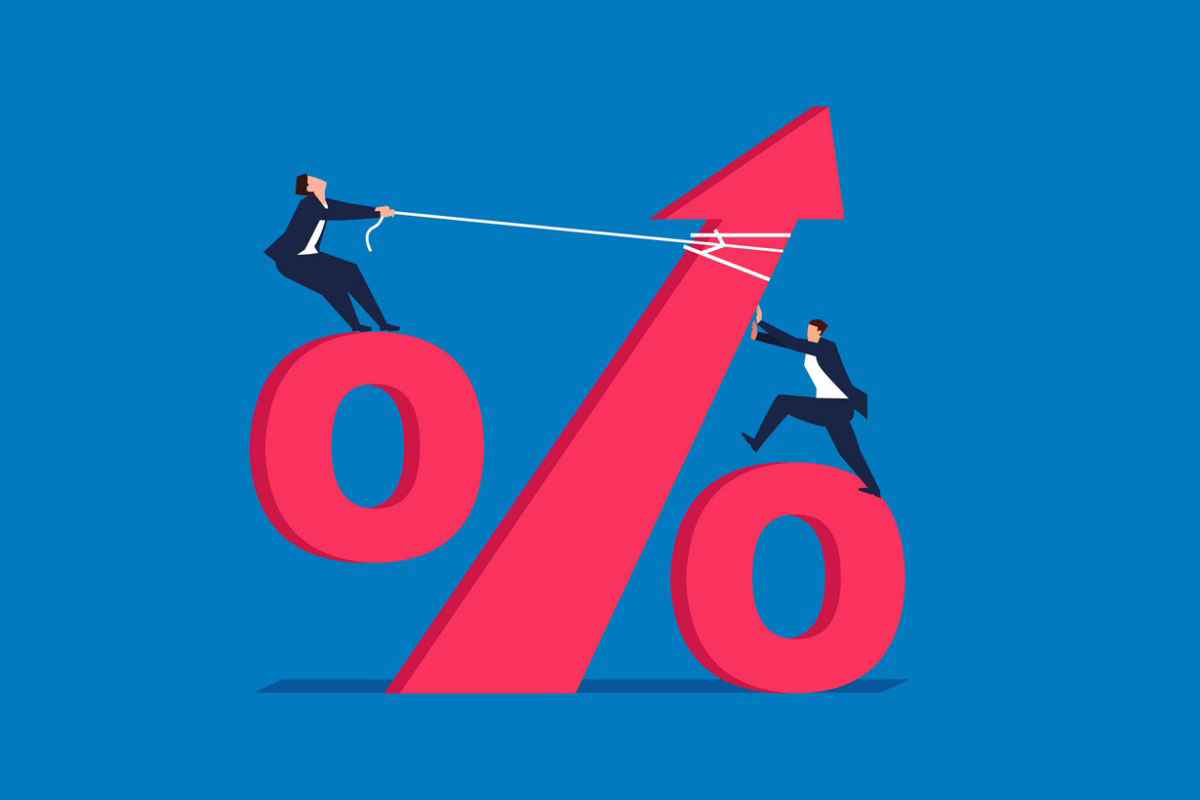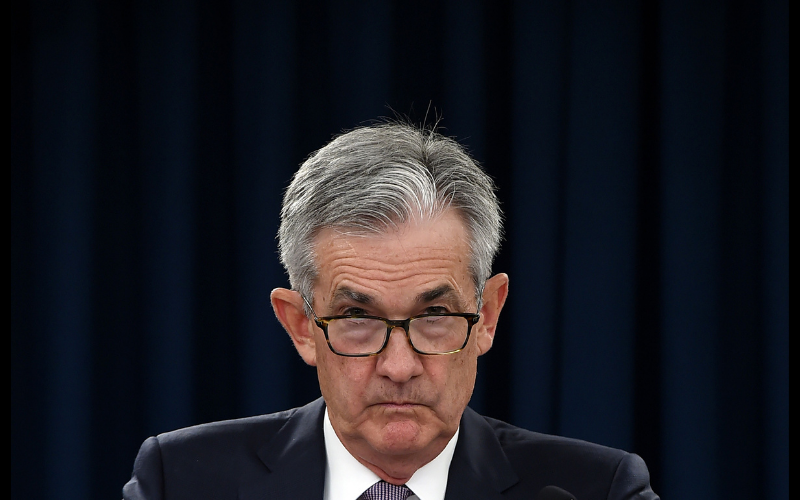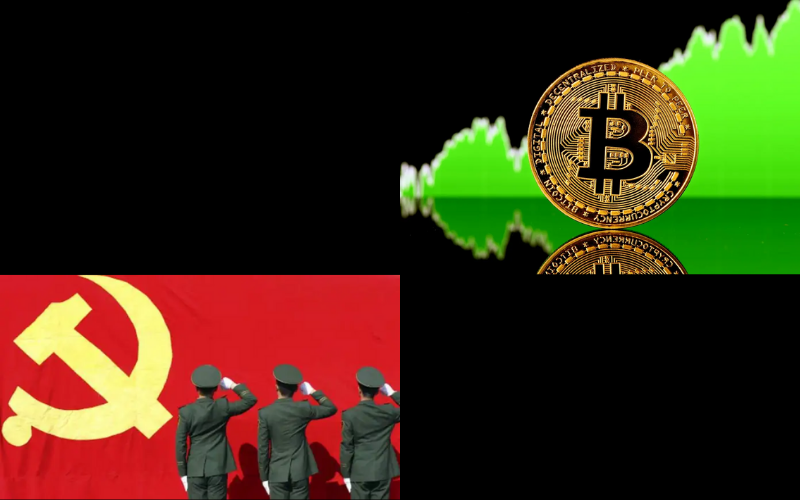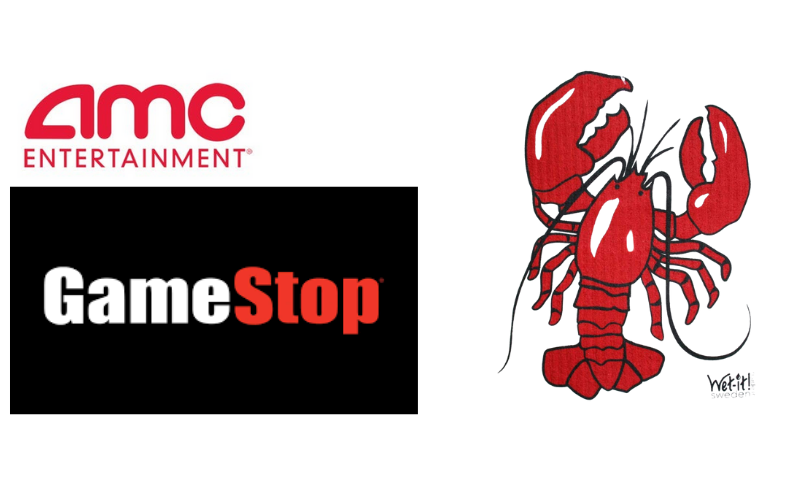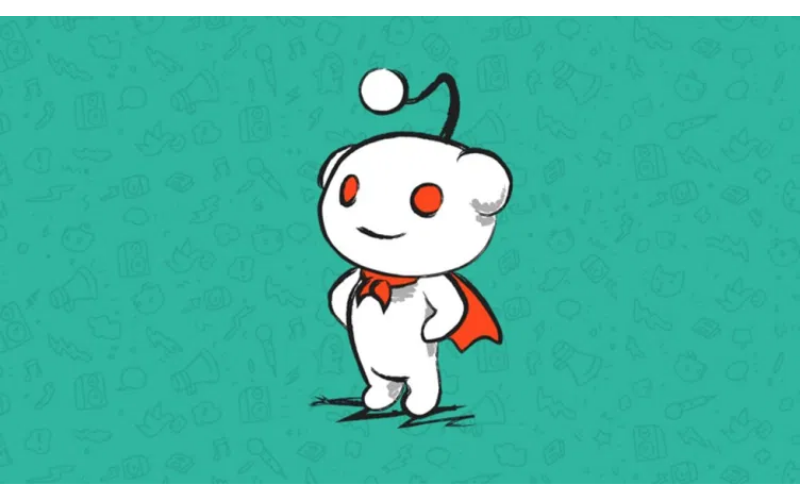
- Markets are a recursive meta game
- Lord Keynes looked at the market as beauty contest
- Turtles show the limitations of a single technical approach
- Marsten Parker’s advice for system traders
- Stop trading account at -10% loss
- Stop trading a system if it equity curve dips below 200 SMA
- Try to trade 2 or 3 unrelated systems at one time
Markets are a recursive meta-game
System trading development is the art of turning chaos into order and there is of course no greater chaos than the market. The market is the ultimate meta-model where the interpretation of the act trumps the act itself.
In trading the behavioral determinant is never based on the intrinsic value of the security but on the market players interpretation of that value and then further on the interpretation of that interpretation in an endless recursive loop.
That’s how you get moves utterly divorced from reality like the rally in the GameStop stock or the seemingly perplexing action of markets falling hard on good news and rallying strongly on bad news. That is why every technical pattern has an anti-pattern that can be more powerful and dangerous – a retrace turns into V shaped bounce, a double bottom transforms into a breakdown of a range and so on and so on and so on.
Keynes Understood the social reaction function of the markets
No one understood this endless game of social expectations better than John Maynard Keynes who unlike every economist you know was also a great trader. His trading record of 30% compounded returns for decades stands as one of the greatest investing achievements of all time and it was the direct result of him never taking the stock market seriously. The question that Keynes always asked wasn’t – is this company valuable, but rather is everyone going to rush into this stock because they think that the company is valuable.
Keynes’ approach seemingly validates technicians who ignore all fundamental information and strictly focus on price. But be careful. That assumption is just as dangerous as the blind faith in fundamentals alone because as I already noted the market is a never ending recursive behavioral loop with players constantly trying to exploit your edge against you. That’s how the great trend traders of the 1970’s and 1980’s called the Turtles – led by Richard Dennis were utterly decimated by the markets of late 1980’s and 1990’s.
Turtles show the limitation of a single technical approach
The Turtles relied on a technical 20 day breakout system that worked famously well in the momentum based commodity markets of the 1970s but failed miserably in choppy markets of the 1990s. Every breakout was a fakeout and on the opposite of their bet were many mean reversion traders only too happy to take away their money. You don’t hear about any billionaire Turtles today do you?
I’ve written a few times about my own experience with Dennis after we raised money for him at Drexel in the late 1980’s only to see him lose it all in a series of bets so amateurish that it would make the most YOLO based Robinhood trader blush. That’s because every system will make you lose control no matter how well it trades now or in the past.
Eventually, every system will make you lose control by doing the exact opposite of what you think it should do despite making money for years, despite being backtested on a million markets with a trillion Monte Carlo simulations – blah, blah, blah.
Tips from Marsten Parker
That’s why I found Jack Schwager’s interview with Marsten Parker in Unknown Market Wizards so helpful. Parker is the only systematic trader interviewed in the book and is also one with the longest continuous record of his performance. Parker was successfully trading his ideas for decades before suddenly hitting a drawdown so savage that it wiped out 40% of his lifetime earnings in a matter of months – compounded by his own admitted behavioral flaws that made him lose control.
Parker has since rebuilt his account to fresh equity highs with a series of common sense rules that we should all consider.
- Stop trading the account if it is down by more than 10%. (Note Parker is trading a large stock portfolio that is essentially unleveraged. If you are trading a tiny FX or futures speculative account you could set the mark at 25% or even 50%)
- Stop trading a specific system if the equity curve for falls below the 200 day moving average and don’t even consider restarting the system unless it recaptures the moving average and stays above it for more a few weeks (Again the particulars of measurement aren’t important as long as they are consistent but what’s crucial is to abandon the system the moment is starts to show any consistent evidence of loss
- Try to create at least 2 or 3 systems that are distinctly different from one another (Easier said than done, I know) because it will provide you with a measure of diversification and will make it easier to turn off the losers if you have some winners still running. Barring that just stop trading and do new research to find a system that looks to be working more effectively in the current environment.
The last piece of advice is contrary to everything we’ve been taught about “system hopping” but is perhaps the most important note. If we accept the notion that the market is a highly fickle, adaptive organism then our whole Puritan ideology of staying faithful to “the one you brought to the dance” is not just wrong but incredibly destructive to our financial well being. To survive in the market we have to treat our systems with the naked opportunism of a Hollywood talent agent. Our whole approach to system trading should echo the inimitable words of Sonny Corleone, “It’s nothing personal, it’s strictly business.”


